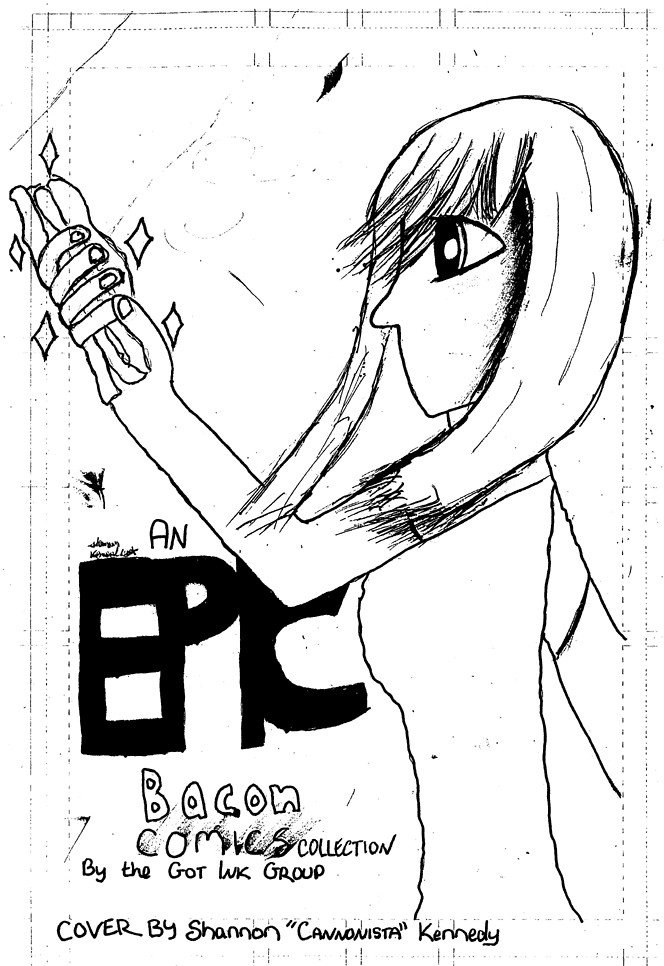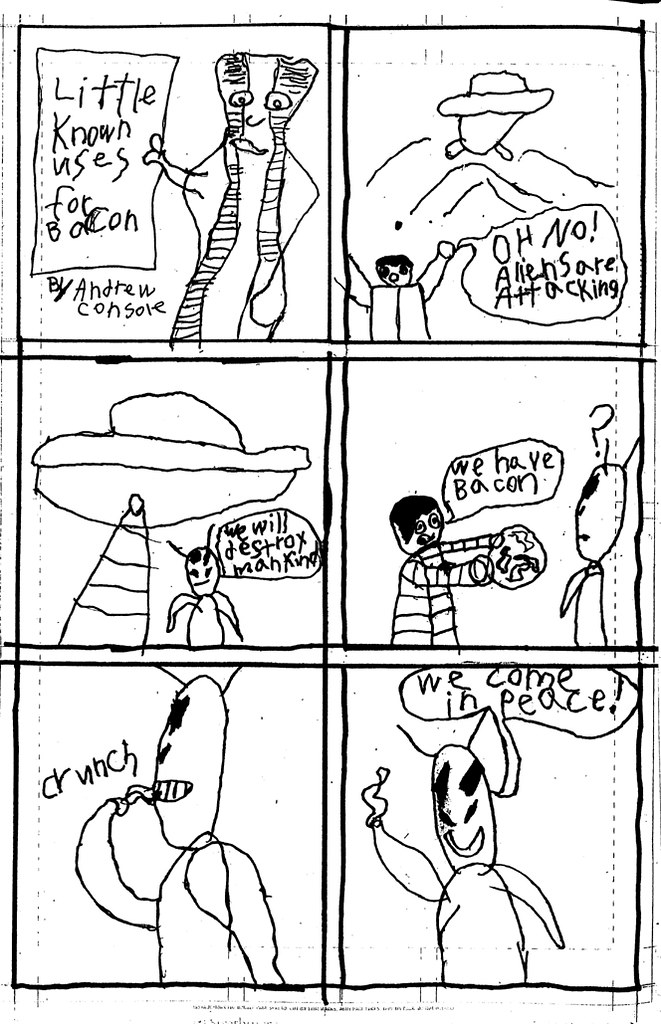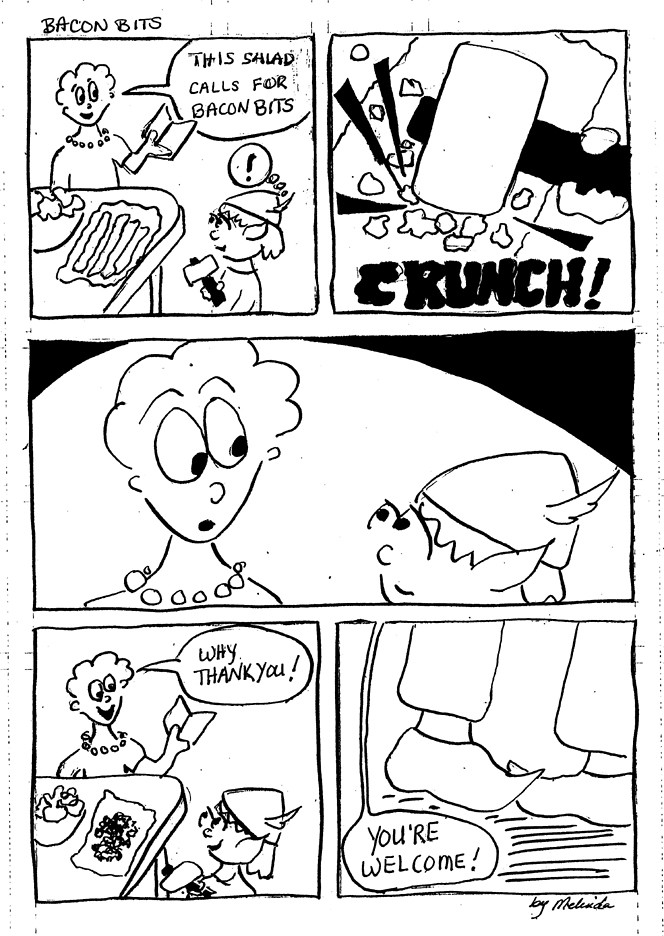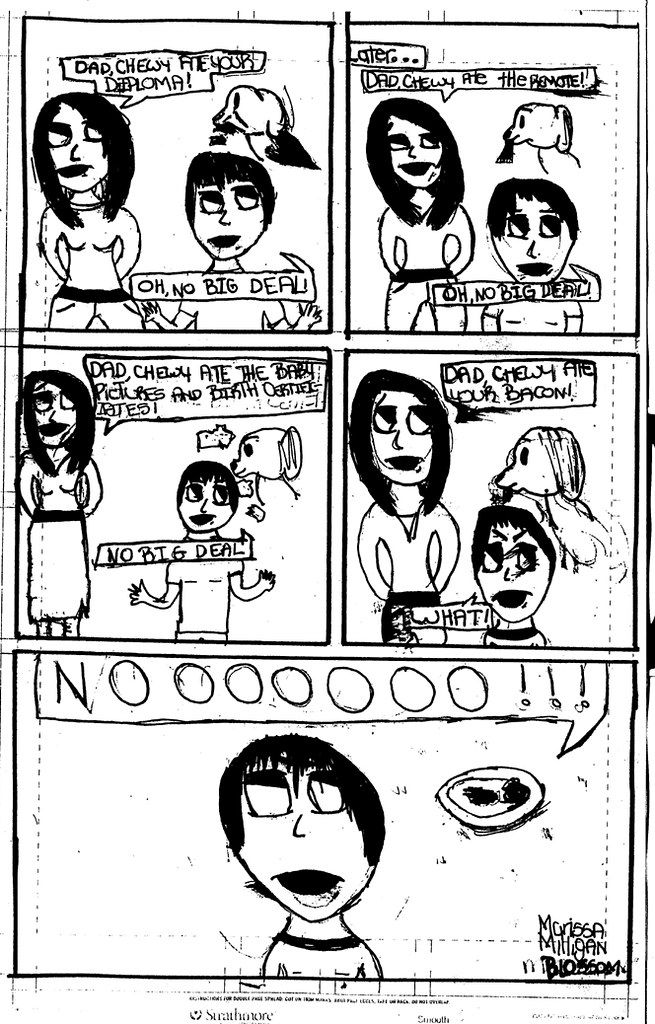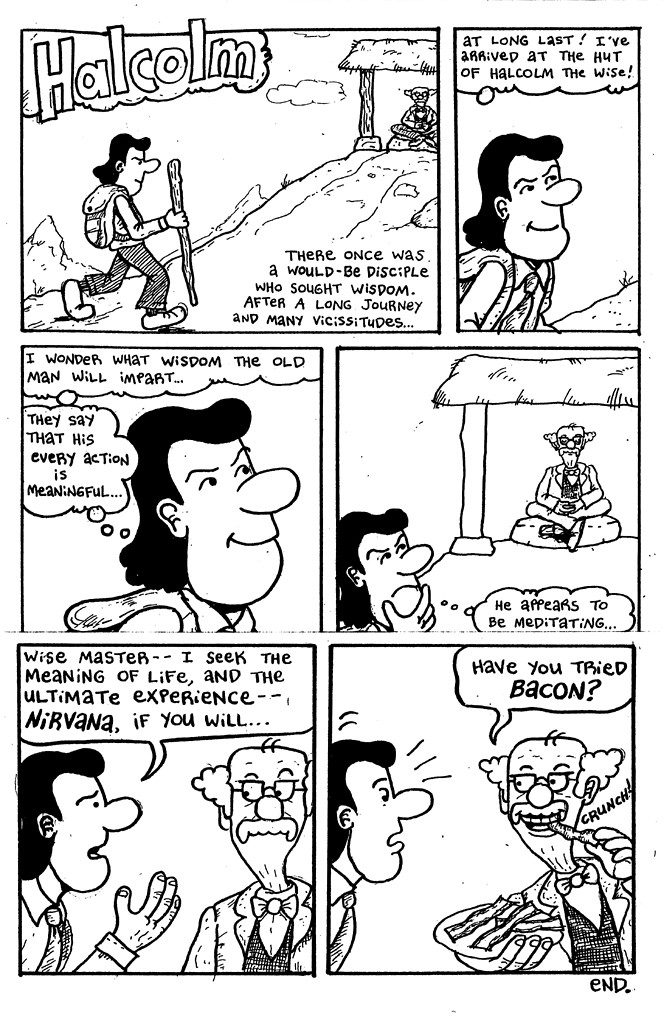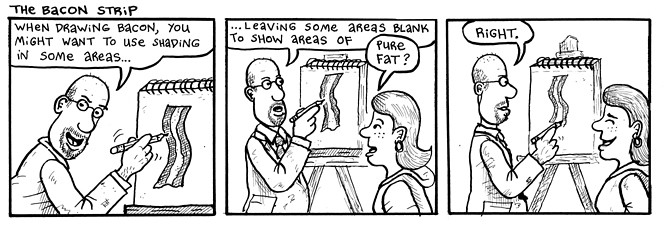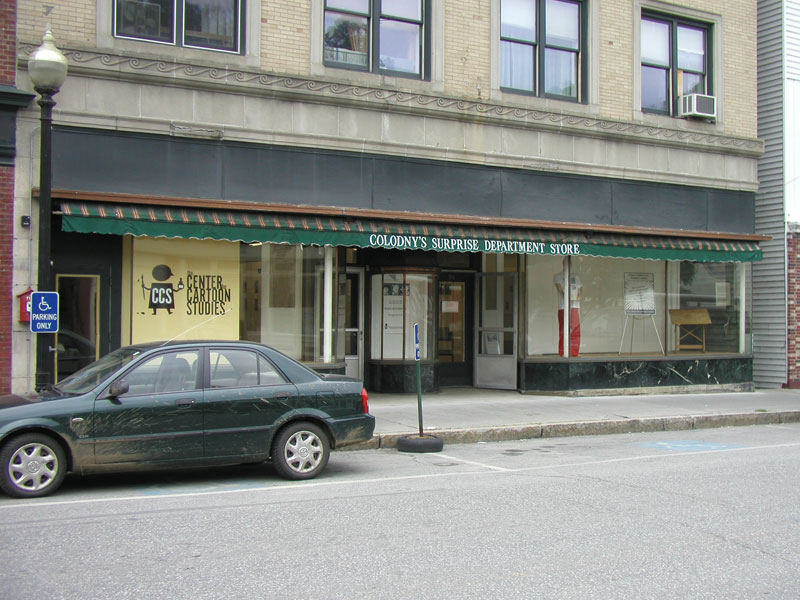We're hearing a lot about the Common Core lately. What does that mean for art teachers? I've spent the last few months participating in a program sponsored by the Endless Mountains Writing Project in order to learn more about it. In the process, I've learned more about Common Core (CC) and I've discovered several new strategies that I believe will help me be a more effective art teacher.
I think sometimes our initial reaction as art teachers is one of defensiveness. In a sense, that's good. We are in a place to safeguard the importance of the arts -- no one else is going to emphasize the things we do. However, I do not believe we are being asked to change what we teach so much as align and cooperate. Furthermore, what we teach in our different subjects actually overlap in real life. What if school was more like life?
Vocabulary is important. It is every teacher's job to teach language. As art teachers, our job is to teach the "art words". As I've been reading, I've learned so many different ways to more effectively teach the art words. I don't believe this takes away from students' ability to understand and create art. I don't think it has to mean less time making art, either. In fact, I am finding that more effectively teaching the domain specific vocabulary actually enriches the experience.
CC asks teachers of all content areas to focus on General Academic Vocabulary as we continue to teach domain specific vocabulary.
One of the things I've done, is to take this list and highlight the words that were most important for the units that I already teach. For one unit, this list included the words plagiarism, genre, composition, and metaphor. I think it will help students in both their language arts classes and in their art classes when curriculum are aligned. In English, if they are learning about metaphors, can we discuss in art class about how artists sometimes use visual metaphors? Can we discuss the genres in art at the same time they are learning about genres in Literature and Music? Can we help them understand how an artist's composition is similar to a writer's? Why is that the perfect word for both a painting and an essay? In the process, I believe they will better understand what it means to compose a picture, which is our primary goal.
At our workshop, our main text was Core Six Essential Strategies for Achieving Excellence with the Common Core (Silver, Dewing, & Perini, 2012). There were six presenters, and each of us presented on one of the strategies, and how we had used them with a lesson for our subject area. Participants then modified one of their existing lesson plans to include the CC strategy. My presentation was on Inductive Learning (IL) and how I used that in an art unit. In an IL lesson, students are asked to examine, group and label "bits" of information to find patterns.
One of my units is on Still Life drawing. The still life is one of the genres, but in developing this lesson, I asked myself, "How can I help my students deepen their understanding of the concept of how we categorize artwork. My essential question was, "Where do artists get ideas and inspiration for their art?"
Participants were teachers of all different grade levels and subjects. I think it is helpful to get diverse groups together like this. We learn about the scope of what students experience, and where our subjects overlap.
In presenting at the workshop, I divided the group into five groups of four. I gave each group a folder with 25 works of art. Their task was to divide the works of art into categories. They were not told what the categories were "supposed" to be, but they were to come up with a descriptive label for each category. There were not necessarily "right" or "wrong" answers, and there were often friendly debates about where a painting belonged. However, they did need to provide evidence to support their decisions. In other words, participants were analyzing the items and exploring different ways they could group them. As they worked, I encouraged them to think flexibly and discuss with each other why they thought a work of art belonged in a certain group. I purposely chose some works of art that would be "head-scratchers"!
In addition to academic vocabulary and evidence, Inductive learning also involves the process of making inferences. Subprocesses of inference making includes
- examining information closely
- looking for hidden relationships
- generating tentative hypotheses and
- drawing conclusions not explicitly stated.
Because this was the Writing Project, we used the activity as a springboard into Inductive Writing. The assignment was to write a response to the prompt, "Where do artists get ideas and inspiration for their art?" Each of the participants wrote one paragraph. The paragraph was to be based on one of the categories they came up with. They were to create a topic sentence that would serve as the basis for that paragraph, and use the works of art as supporting details for that sentence. It was especially enjoyable to work with teachers who were passionate about teaching, but not very familiar with art objectives.
So, where do artists get ideas and inspiration for their art? What are the genres? After our activity, we looked briefly at the Wiki Paintings website, which lists 45 genres.
As a teacher, I can give my students a list of words, show them examples, and some of them will passively take in that information. I could say, "Here are some genres: still life, landscape, portrait. And, here are some examples of those genres." However, I think I'm beginning to learn that I can encourage them to think more deeply about the essential questions of art by using strategies like Inductive Learning.
The two books below have been a huge help to me. I highly recommend them!
Benamin, A. & Crow, J. (2012). Vocabulary at the Core. ASCD.
Silver, H., Dewing, R., & Perini, M. (2012). Core Six Essential Strategies for Achieving Excellence with the Common Core. ASCD.





















